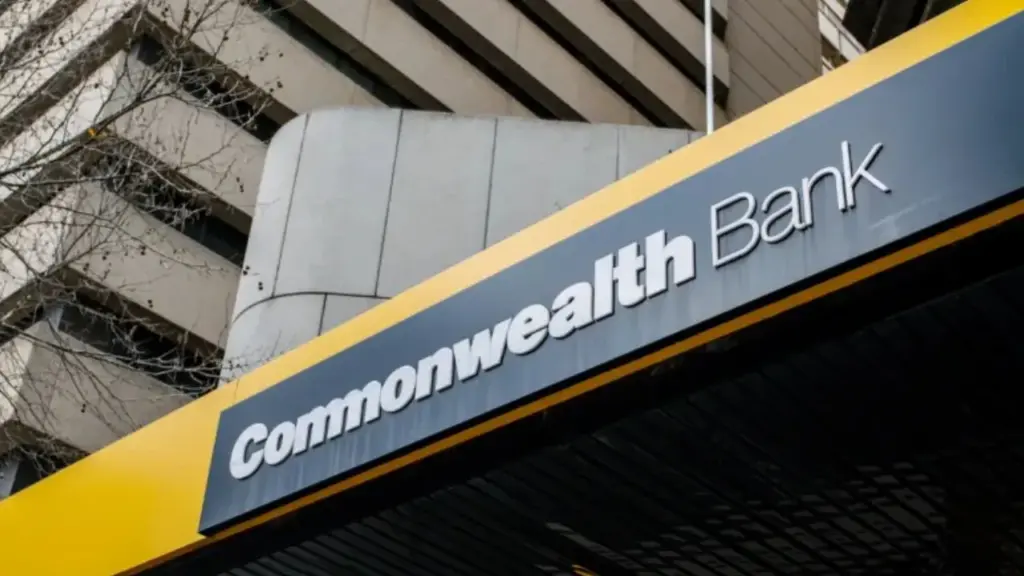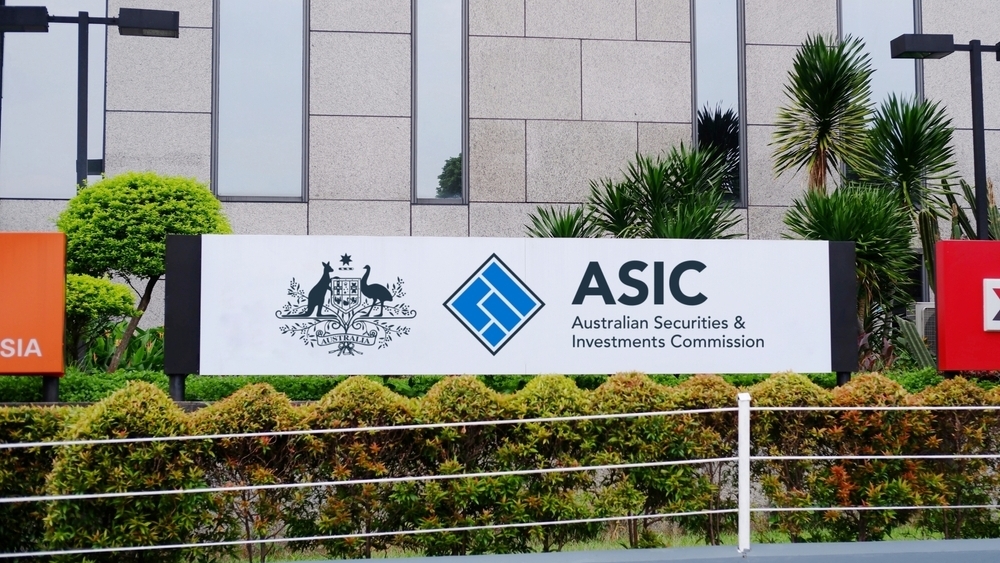
In an effort to correct years of unfair banking practices, the Australian Securities and Investments Commission (ASIC) has launched a major initiative that’s set to benefit over 900,000 Australians. Thanks to a comprehensive review of excessive fees by major banks, $93 million is being refunded to affected customers. Whether you’re a pensioner, a Centrelink recipient, or just someone who’s been charged excessive fees, this guide will help you understand how this refund affects you, how to check your eligibility, and how to avoid unnecessary bank charges in the future.
ASIC Review Triggers $93 Million Refunds for Over 900000 Australians
| Key Fact | Details |
|---|---|
| Refund Amount | Over $93 million |
| Number of Affected Customers | More than 900,000 |
| Refunded Fees | Dishonour, Overdrawn, and Other Fees |
| Target Groups | Low-income Australians, including those on Centrelink or pensions |
| Refund Method | Automated refunds by banks |
| Official Source | ASIC Media Release |
Thanks to the ASIC review, over $93 million is being refunded to Australians who have been hit with unfair bank fees. If you’re one of the 900,000+ customers affected, there’s no need to worry about applying for a refund—the banks will handle it automatically. Just take the time to check your bank statements, and if you qualify, you’ll receive your money back.
The Background: Why Are Banks Refunding Customers?
If you’ve ever been charged a hefty dishonour fee when your payment bounced or an overdrawn fee when you spent more than what you had in your account, you may have wondered whether those charges were fair. Well, you’re not alone.
After an extensive ASIC review, it was found that several Australian banks were charging excessively high fees for these services, with little justification. The fees were often much higher than the actual cost to the bank of providing the service. So, in response, ASIC has demanded banks take responsibility and refund the money that was unfairly charged.
Banks have agreed to refund a total of $93 million, and these refunds are being rolled out automatically, meaning that customers don’t need to apply for them. However, it’s still essential to understand what these refunds entail and how you can ensure you’re not missing out.
What Exactly Are These Fees?
It’s not always clear what kind of charges might be refunded, so let’s break them down for you:
- Dishonour Fees: This fee occurs when you try to make a payment, but there’s not enough money in your account to cover it. The bank then charges you for the inconvenience of having the payment “bounce.”
- Overdrawn Fees: When you spend more than the amount you have available in your account, you’re hit with an overdrawn fee. While many Australians use overdraft protection, the fees associated with overdrafts can be substantial and, at times, excessive.
- Monthly Maintenance Fees: Some banks charge monthly account-keeping fees, even if you don’t use the account much. These fees are being closely scrutinized and refunded where they were considered excessive, particularly for low-income individuals.
Comparison Table: Are You Likely Affected?
While specific details of this particular refund depend on the financial product and institution, here’s a general comparison of common scenarios that often lead to ASIC-triggered refunds:
| Feature | Potentially Affected | Less Likely Affected |
| Product Type | Insurance (especially “junk” policies), credit cards, financial advice (fees for no service), superannuation fees, consumer loans | Basic savings accounts, term deposits (with clear terms), regulated home loans (where terms were clear) |
| Common Issues | Undisclosed fees, mis-selling, “fees for no service,” unsuitable product advice, unfair contract terms | Transparent fee structures, standard product terms, direct product purchases without advice |
| Contact from Company | You might have received prior communication about a review or a small refund that you didn’t understand. | No unusual communication regarding past services or products. |
| Your Action | You may need to respond to communication from the company or ASIC. | No action required unless contacted directly. |
Who Is Eligible for These Refunds?
The refunds are aimed mainly at low-income Australians, but you don’t have to be on Centrelink or a pension to be eligible. The refunds are being issued automatically to individuals who:
- Receive Centrelink payments,
- Are pensioners,
- Belong to a First Nations community,
- Or are part of other financially vulnerable groups.
While this is the primary focus, everyday Australians who have been charged excessive fees in the past are also being refunded, regardless of their income status. If you fall into one of these categories, it’s a good idea to double-check your bank statements.
How Do You Know if You’re Affected?
Wondering if you’re eligible for a refund? Here’s what to do:
- Review Your Bank Statements: Look for any dishonour fees, overdrawn charges, or monthly maintenance fees in your past statements. These are the fees that could be refunded.
- Automatic Refunds: If you qualify, don’t worry—you don’t have to submit any claims. Banks are automatically issuing refunds directly to your account.
- Contact Your Bank: If you’re unsure, it’s always good to reach out to your bank. They can provide detailed information on whether you’re eligible for a refund and guide you through the process.
Banks Participating in the Refund Scheme
It’s important to know which banks are part of this refund program. The major Australian banks, including ANZ, Commonwealth Bank, NAB, and Westpac, have committed to issuing these refunds. Smaller banks and credit unions are also participating, but the specific details might vary from one institution to another.

If you’re not sure if your bank is involved, don’t hesitate to contact them directly or visit their official website for more information.
Practical Example: How the Refunds Work
Let’s walk through a quick example of how the refund process works:
Imagine you’re a pensioner who’s been charged $30 each month for dishonour fees over the last year. You’ve been struggling to keep up with your bills, and those fees add up. That’s $360 you didn’t plan on spending.
Thanks to the ASIC review, your bank identifies these excessive charges and automatically refunds the $360 into your account. This money could be a game-changer, helping you cover other expenses or save for the future.
Tips & Mistakes to Avoid When Expecting a Refund
Getting a refund sounds great, but it’s important to be savvy!
- DO: Keep your contact details updated with any financial institutions you’ve dealt with.
- DO: Be patient. Large-scale remediations can take time to process.
- DO: Verify any communication you receive about a refund directly with the company or ASIC (using official contact details, not those provided in a suspicious email/SMS).
- DON’T: Click on suspicious links in emails or SMS messages claiming to be about your refund. Scammers often use these opportunities.
- DON’T: Pay any “fee” to receive your refund. Legitimate refunds will never ask you for money upfront.
- DON’T: Share personal or banking details over the phone or email unless you have initiated the contact and verified the source.
How to Avoid Bank Fees in the Future
Now that you know about the refund process, let’s talk about how to avoid these fees in the first place. Here are some tips to help you keep your money where it belongs:
- Track Your Spending: Use budgeting apps like Pocketbook or You Need A Budget (YNAB) to keep track of your account balances and avoid accidental overdrafts.
- Set Up Alerts: Many banks allow you to set up balance alerts. These can notify you when your balance is low, helping you avoid overdraft fees.
- Negotiate with Your Bank: If you have a history of being charged fees, consider calling your bank to negotiate a lower fee structure, especially if you’re a long-term customer.
Explanation of ASIC’s Role

The Australian Securities and Investments Commission (ASIC) is Australia’s corporate, markets, and financial services regulator. ASIC’s primary function is to ensure that financial services operate in a fair, transparent, and legal manner. In this case, ASIC’s role has been crucial in uncovering the unfair fees charged by banks and holding them accountable.
















